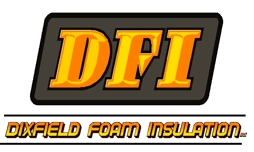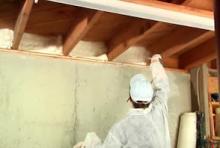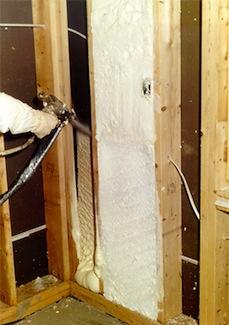Homes burn through a mortifying 21% of the energy used in the United States. A lot of that energy is spent heating and cooling your house. And even worse, a whole lot of that energy is spent heating and cooling your backyard and front porch, through leaks and holes in your building envelope.
Although some of the air leaks in your home are visible to the untrained eye — around old and untreated doors and windows, for example — much of the average home's air leakage takes place in areas you don't see. A lot of it takes place because of something called the stack effect, or chimney effect, which works like this: cold air infiltrates your cellar through leaks and cracks in the foundation and walls, and begins rising. It works its way up through the floors and/or walls, then up into your attic through structural defects, holes in your ceiling, recessed lighting, leaky duct work, the furnace flue, the plumbing stack, or a poorly sealed attic floor. A home performance contractor doing air sealing work in your home will generally focus on the basement and the attic floor in order to minimize the stack effect, and thus minimize unwanted air movement throughout your home.
Perhaps equally important, air sealing is crucial for maximizing the performance of insulation, the other major component of your home's building envelope. The R-Value of insulation is determined under the assumption that there will be no air infiltration throughout the insulation — it assumes that there will be adequate air sealing around the insulation. Once insulation is left exposed to air movement (air moving up through your attic floor, for example), R-Value decreases.
If you do some serious air sealing work, you can expect to net about $600.00 in annual energy savings. To boot, because the materials are relatively inexpensive, and because much of the most important work takes place in the attic and basement (where you don't have to worry about fancy trim or replacing drywall), the upfront cost is usually pretty low.




